Despite progress in gender equality and education across Sub-Saharan Africa, millions of girls still face significant barriers to accessing and completing school. With nearly 52 million girls of secondary school age out of school, the region continues to struggle with socio-cultural and economic challenges that undermine girls’ education.
The issue extends beyond school access. Deep-rooted patriarchal norms and gender stereotypes—often reinforced in school curricula—limit girls’ aspirations and perpetuate traditional domestic roles. For instance, a government directive in Senegal allowing women to leave work early during Ramadan to do house chores highlights the entrenched gender roles that persist even in public institutions.
Economic hardship also fuels educational inequality. In many families, educating boys is prioritized over girls, who are often married off early as a perceived solution to poverty. The World Bank and UNESCO note that Sub-Saharan Africa trails behind developed regions by about 30 years in girls’ education.
Addressing these gaps requires a multifaceted approach:
Community awareness campaigns to emphasize the value of girls’ education.
Scholarships and financial aid for underprivileged families.
Gender-sensitive education policies and curricula that provide a safe, inclusive learning environment.
Governments play a crucial role by committing to reforms that eliminate barriers, allocate adequate funding, and establish legal protections to ensure girls complete school at least up to age 16. There’s also a need for vocational programs for young mothers and at-risk girls, alongside measures to prevent child marriage.
Investing in girls’ education is not just a moral imperative—it is key to unlocking Africa’s potential. Women reinvest up to 90% of their income back into their families and communities, compared to significantly lower percentages for men. Therefore, empowering girls through education can drive widespread economic and social transformation across the continent.



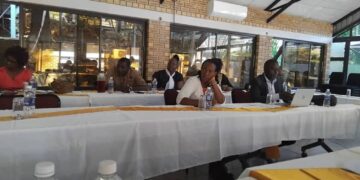

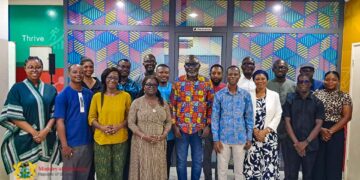














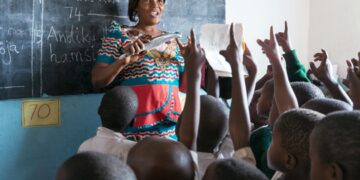




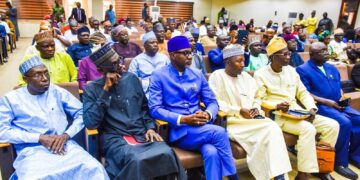



























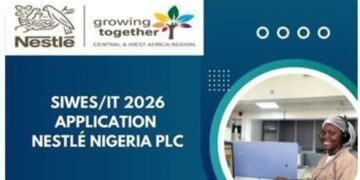






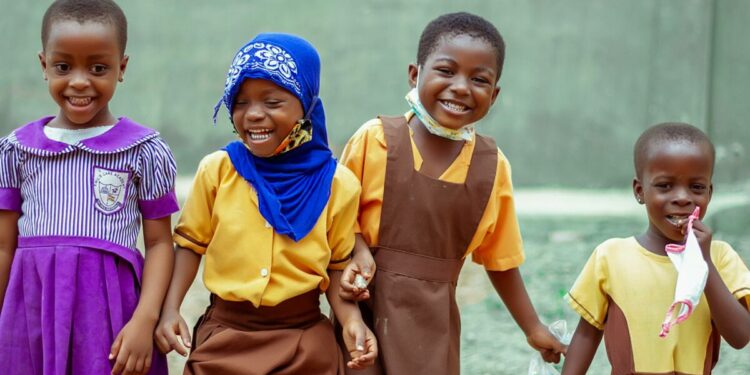





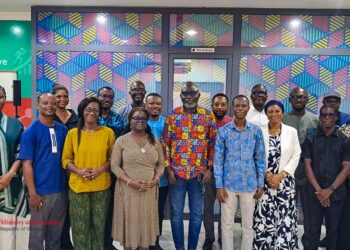











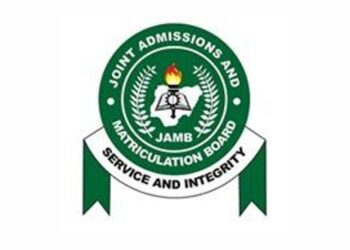
 EduTimes Africa, a product of Education Times Africa, is a magazine publication that aims to lend its support to close the yawning gap in Africa's educational development.
EduTimes Africa, a product of Education Times Africa, is a magazine publication that aims to lend its support to close the yawning gap in Africa's educational development.

